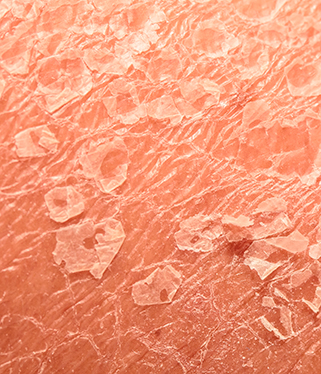Sjögren’s is a systemic autoimmune disease that affects the entire body. It’s often characterized by dryness and other severe symptoms, such as profound fatigue and chronic pain.
Having an autoimmune disorder means that the immune system mistakenly attacks parts of the body. With Sjögren’s, the immune system attacks the glands that produce tears and saliva, slowly impairing the glands’ ability to secrete these fluids, which results in severely dry mouth and dry eyes. The immune system may also attack other organs and tissues, leading to numerous symptoms, including painful inflammation of joints and muscles, persistent cough, prolonged fatigue, vaginal dryness, and dry skin.
Sjögren’s can exist as a primary or secondary disease. Primary Sjögren’s occurs unrelated to other conditions, whereas secondary Sjögren’s occurs in relation to other autoimmune diseases, such as lupus and rheumatoid arthritis.

Treatment and outlook for Sjögren’s
The symptoms and severity of Sjögren’s vary greatly from one individual to another. Some people report unbearable pain or debilitating fatigue, while others have only a few mild symptoms. Most people with Sjögren’s will experience some degree of dry eyes and mouth, and often dry skin. The dry skin may be accompanied by fine white or skin-colored scales known as acquired ichthyosis or fish scale skin.
Acquired ichthyosis is caused by persistent skin inflammation that compromises the skin’s barrier function by reducing the production of filaggrin. While acquired ichthyosis symptoms are often mild, it’s undoubtedly uncomfortable constantly having dry, scaly skin that may itch or even crack.
There’s no known cure for Sjögren’s, but the right treatment can relieve the symptoms and improve comfort. The choice of treatment will depend largely on the extent and severity of the symptoms. Some symptoms will require prescription medications, but many can be treated with over-the-counter products.

Would you like to learn more?
For more information about Sjögren’s syndrome, visit the website of Sjögren’s Foundation or read the article listed below.
All information in this article is provided purely for informational purposes and should not be considered medical advice. It is not intended to be used as the basis for the treatment of medical problems or other health issues. Please consult a medical professional if you suspect you have a medical condition.
References:
-
Understanding Sjögren’s | Sjögren’s Foundation (sjogrens.org)
-
Vitali C. et al. Management of Sjögren’s Syndrome: Present Issues and Future Perspectives. Front Med (Lausanne) 2021; 8: 676885.
* Sjogren’s Foundation (published in 2017), Living with Sjögren’s-report.

